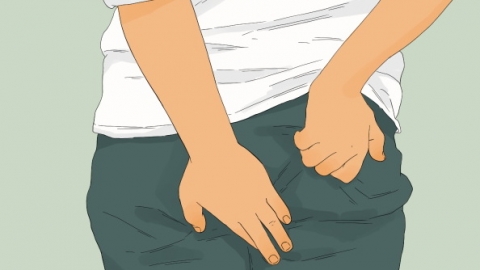What does internal hemorrhoids, external hemorrhoids, and mixed hemorrhoids mean?
Internal hemorrhoids, external hemorrhoids, and mixed hemorrhoids are the three main types of hemorrhoidal disease. Internal hemorrhoids occur above the dentate line, external hemorrhoids below the dentate line, and mixed hemorrhoids span across the dentate line, exhibiting features of both internal and external hemorrhoids, resulting in more complex symptoms. If persistent rectal bleeding or prolapsed hemorrhoidal tissue becomes trapped (incarcerated), prompt medical attention is recommended.

Internal hemorrhoids develop from varicose veins in the mucosal venous plexus beneath the dentate line. They are typically painless and mainly present with rectal bleeding and prolapse of hemorrhoidal tissue. Bleeding usually occurs painlessly after defecation, manifesting as dripping or even jet-like bleeding. As the condition progresses, prolapsed hemorrhoidal tissue may no longer spontaneously reduce.
External hemorrhoids arise from varicosities, inflammation, or thrombosis in the subcutaneous venous plexus distal to the dentate line. They commonly present as a lump at the anal margin, accompanied by pain, itching, or a sensation of a foreign body. Thrombosed external hemorrhoids can cause severe pain that interferes with daily activities. Mixed hemorrhoids exhibit combined symptoms, including rectal bleeding, tissue prolapse, anal lumps, and pain.
To manage hemorrhoids, avoid prolonged sitting or squatting, and limit time spent on the toilet to within 5 minutes. Clean the perianal area daily with warm water to maintain hygiene. Increase dietary intake of whole grains to prevent constipation and reduce irritation and injury to hemorrhoids.





